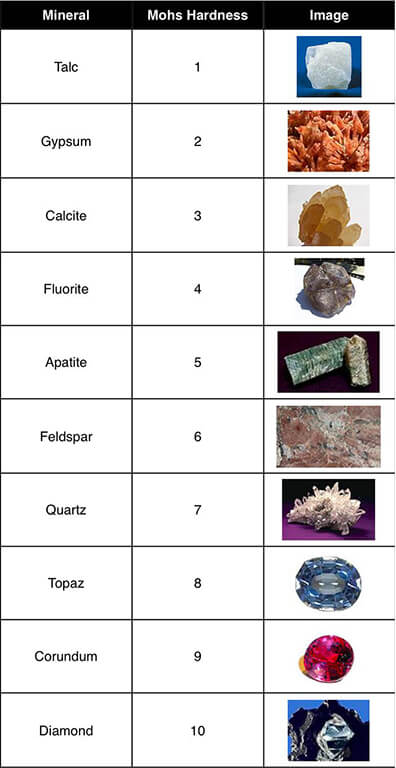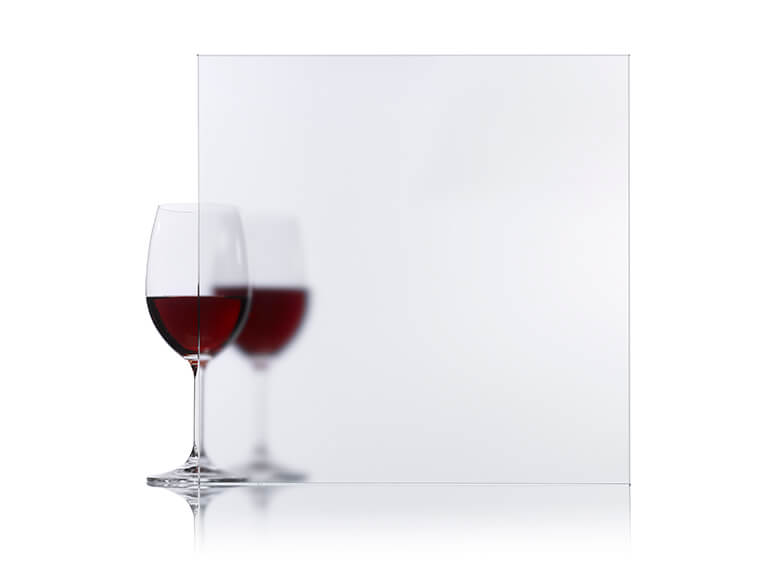Testing is always a priority no matter what the glazing material or the type of project. In the decorative glass industry this is especially true.
There is a huge variety of industry recognized tests for decorative glass products, such as resistance to wear, resistance to staining, slip resistance, strength properties, scratch resistance, and so many more.
In this article we will focus on scratch resistance or surface hardness which is not to be mistaken with the actual strength of the glass. Before we look at the specific tests, please keep in mind that nothing is 100% “anti-scratch”, even a diamond can be scratched by another diamond.
There are a few recognized test methods for surface hardness, for example there is the Rockwell scale and the Vickers scale most used for metals and ceramics. For glass, the most common test is the Mohs scale.
The Mohs scale is based on the ability of one mineral to scratch another mineral. Essentially there is a scale comprised of 10 minerals, the 10th one being the hardest (in this case a diamond), and the 1st the easiest to “scratch”. For example, if the material tested can be visibly scratched by the 5th mineral, in this case Apatite, but not by the 4th, Fluorite, then the rating given to this material would be a 5. Since that element cannot be scratch by the previous 4 minerals, but can be by the 5th its rating is determined by the last mineral tested.
It has been proven that acid-etched glass is actually stronger than clear un-etched glass, due to the fact that a top layer of the glass is removed during the etching process, and also removing the microscopic flaws in the raw glass. This in essence also makes certain acid-etch glass finishes more scratch resistant than un-etched glass. Using the Mohs scale test method, clear glass scores a 5.5, whereas the Walker Textures® Satin finish scores a 6 and the Walker Textures® Satinlite finish scores a 7. This means that for the Satinlite finish, Quartz, the 7th mineral, can visibly scratch it, but not the other 6 minerals below.

You may be wondering how knowing the surface hardness of glass would be useful for a given project. Well, this is extremely useful for projects using glass in exterior applications. Being in a big city with many environmental factors such as ice, snow, heavy winds, high traffic by low level elevations can play a role in the overall condition of the building. Making sure it can resist to a certain degree of scratches is important for the aesthetics as well. Walkway applications also require a minimum acceptable level of scratch resistance to preserve the visual integrity of the surface over the long-term.
Another application where surface hardness would be very useful is for a countertop. The last thing you want is to have a bunch of scratches on your kitchen counter! Therefore testing the material becomes important in the selection process to ensure an appropriate choice is made.
If you have any questions about the Mohs scale and scratch resistance properties of acid-etched glass, please do not hesitate to contact our team of architectural experts or visit our website for more information.


